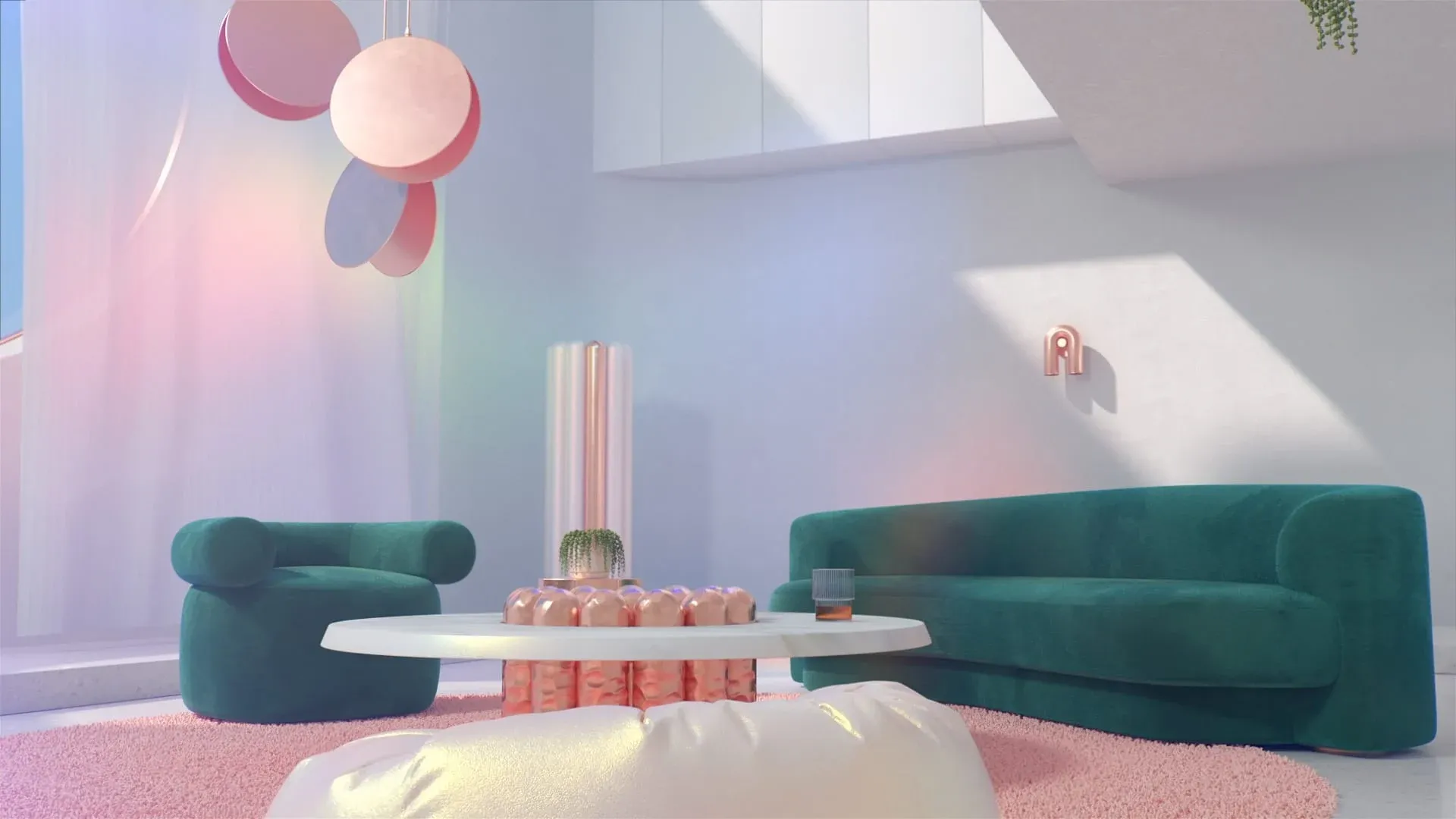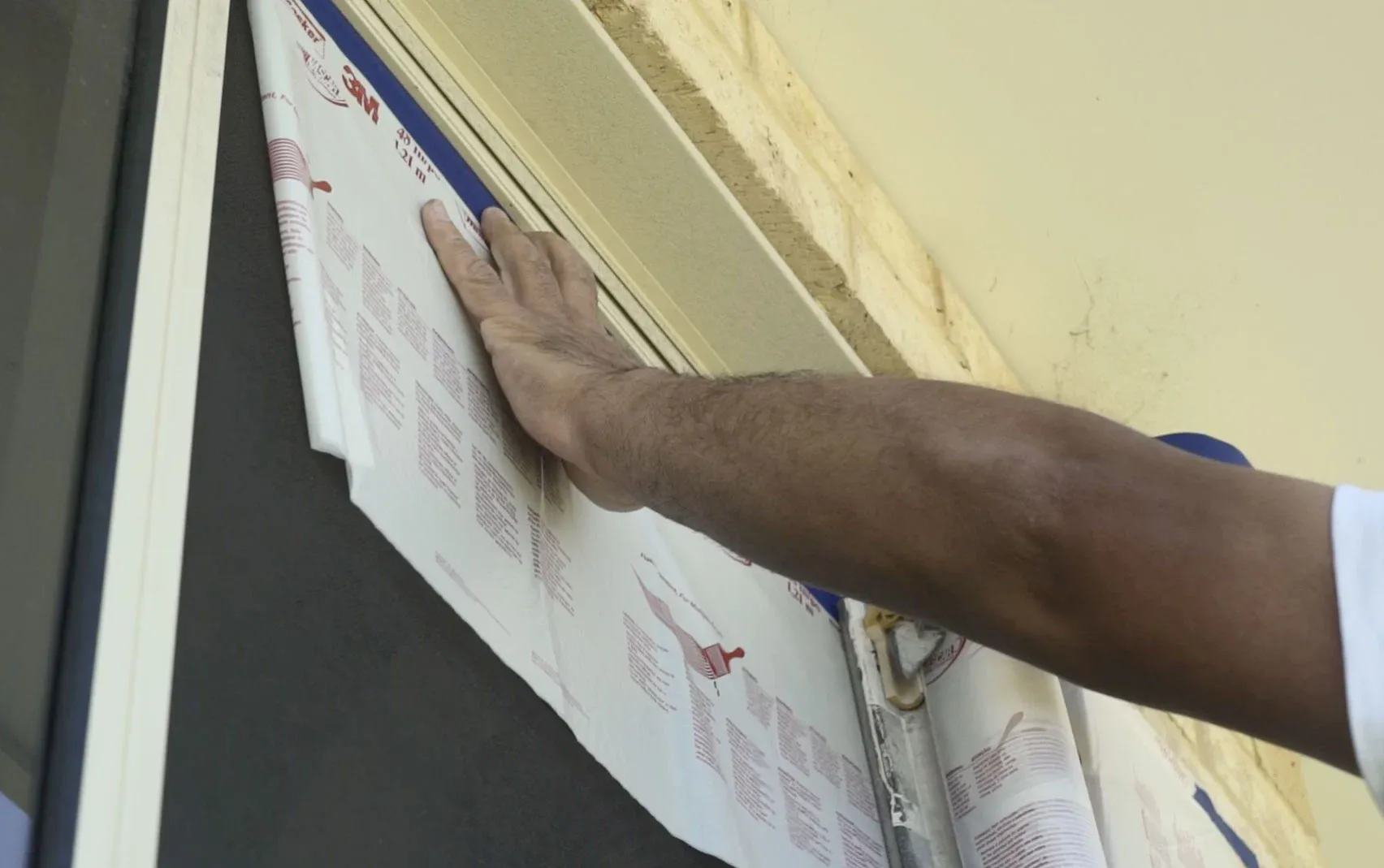Paint is more complex than it’s given credit for. Besides the fact that knowing how to mix and apply a good paint today requires a head for chemistry, it’s played a pivotal role in cultures around the world since prehistoric times. Prepare yourself to ace the next pub quiz or impress at the cocktail party with these lesser-known paint facts:
1. The earliest known oil paintings were found in Afghanistan.
The Buddhist-themed murals in the caves of Afghanistan’s Bamiyan valley are dated to around 650 A.D!
2. Face and body paint signals social status in many African cultures.
Amongst people of Africa, face and body paint is used ritually to indicate age group (amongst the Nuba), a rite of passage being passed (amaXhosa and Maasai), social status (amaPondo), or courtship (Wodaabe).
3. If you’re looking for green paint, you’re in luck!
Commercial paint manufacturers tend to supply green in more shades than usual, because the human eye distinguishes more shades of green than variations in any other colour.
4. Plato is credited with the discovery of colour mixing.
This Greek philosopher was apparently the first to realise that mixing two different paint colours together will produce a third.
5. Paint can be recycled.
New water-based paint can be made from recycled paints, or old paints of the same type can be mixed together to create new colours.
6. People use paint to assert their tenantship in Austria.
At Hundertwasserhaus, in Vienna, each window is surrounded by a colourful painted facade that tenants are encouraged to embellish to express their individualism.
7. The Sistine Chapel ceiling took longer to restore than it did to paint.
Michelangelo took 9 years to paint the Sistine Chapel but it took 20 years to restore!
8. Prehistoric rock art paint recipes produced colours still visible today.
We don’t know the exact recipes, but they included red and yellow ochre, white clay and black charcoal as pigments and binders such as blood, egg, fat and plant juices.
9. Painting used to be an Olympic sport.
For the first 4 decades of the competition, medals were awarded for painting, sculpture, architecture, literature and music.
10. Pig’s blood was used to paint the throne rooms in China’s Forbidden City.
Pig’s blood was a common ingredient in mortar used all over China, but it became the star of the show in the Imperial Palace. Before restoration, anything covered in red was painted with a mixture of tung oil, clay, hemp and pig’s blood.
Luckily, things are less complex today. Your colours can be mixed by experts and, with tools like the Barker-Whittle colour picker, you could even see how they look on your walls before you lift a paintbrush. Take a look at the classic tones our master painters have selected and see how it looks in situ by uploading a picture of the room you’d like to redecorate. And if none of those colours suit your mood, contact us for a free, no obligation quote — we’ve been painting homes and businesses for more than 30 years. If you’re looking for a fresh look, or need specialist jobs done like aluminium painting or texture coating, contact us!






